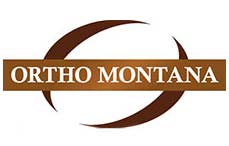 Rotator Cuff Repair (RCR, Cuff Repair)
Rotator Cuff Repair (RCR, Cuff Repair)
There are two ways to repair your rotator cuff: an open tendon repair requires one longer incision and is used when the tear is larger or the surgery will be more complex, and an arthroscopic repair requires 2-4 small incisions for an arthroscope and the surgical instruments. A large muscle called the deltoid protects your rotator cuff, so with open repair, the doctor will have to move the deltoid to the side. With arthroscopic repair, the doctor is able to reach the tear by splitting the deltoid as though it were a pair of curtains. The doctor then reattaches the rotator cuff tendon to your upper arm bone (or humerus) with small “anchors” in the bone and stitches connecting the tendon to the anchors. Once the tear has healed, the anchors will either remain in place or will dissolve.







